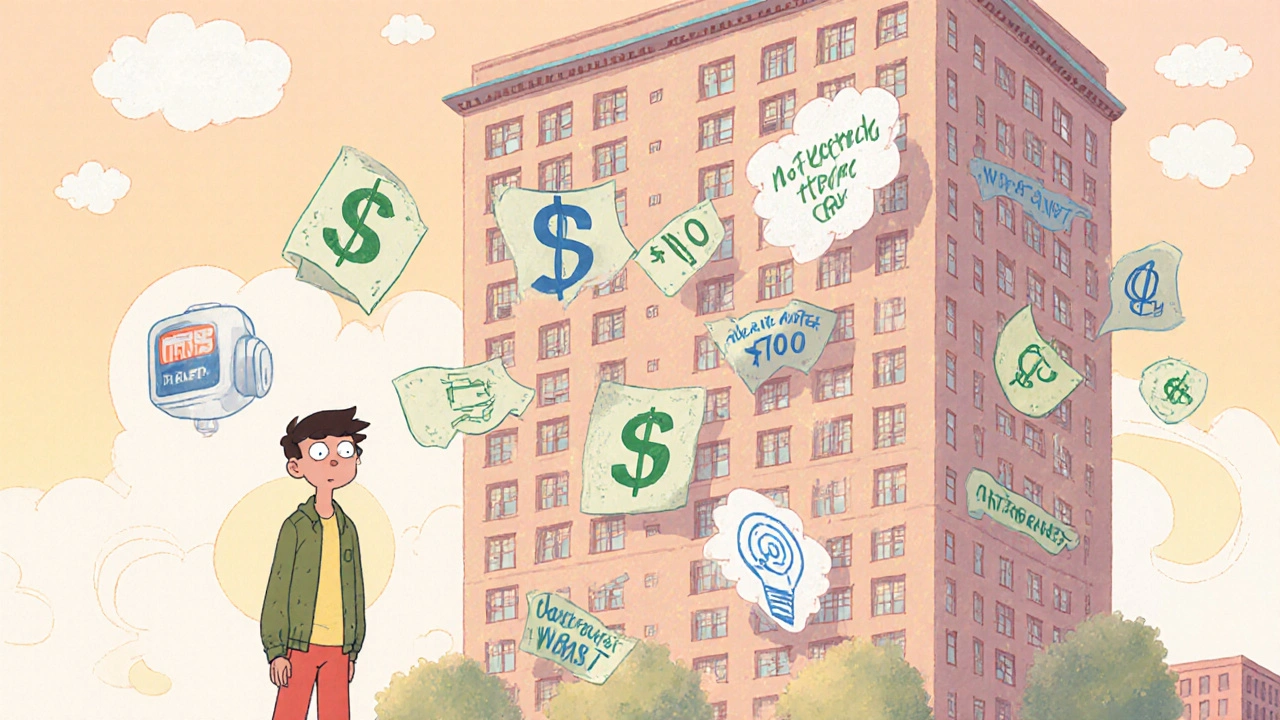Rental Expenses: What You Really Pay and How to Cut Costs
When you think about rental expenses, the total cost of living in a rented home, including rent, deposits, utilities, and other mandatory fees. Also known as housing costs, it's not just what’s listed on the lease—it’s everything you hand over to live somewhere. Most people assume their rent is their biggest cost, but that’s often not true. A $1,500 monthly rent might seem manageable until you add $120 for water, $80 for internet, $300 for a security deposit, and $50 for parking. Suddenly, you’re spending over $2,000 just to have a place to sleep.
Security deposits are one of the biggest traps. Landlords often require one or two months’ rent upfront, and many don’t return it fully—even when you leave the place spotless. Some states require interest on deposits, but most tenants never ask. Utility fees are another silent budget killer. In some buildings, water and trash are included. In others, you pay separately—and those bills can spike in summer or winter. Then there’s pet fees, cleaning fees, and even application fees that aren’t refundable. These aren’t optional. They’re baked into the deal before you even walk in the door.
Who gets hit hardest? Young renters, first-time tenants, and people in high-cost cities. They often don’t know what to ask. They sign papers without checking if the stove works or if the heater is included. And landlords? They count on that. But you don’t have to be one of them. Knowing the difference between security deposit, a refundable amount held to cover damages beyond normal wear and tear and a non-refundable move-in fee can save you hundreds. Understanding which utility fees, monthly charges for water, electricity, gas, or internet that may or may not be included in rent are mandatory helps you compare apartments properly. You’re not just choosing a floor plan—you’re choosing a financial commitment.
Look at rental listings like you’re reading a contract—not an ad. Ask for a line-by-line breakdown of all fees. Get everything in writing. Take photos when you move in. Track every payment. And if something feels off—like a fee that wasn’t mentioned until day two—walk away. The right place won’t hide costs. It’ll show them clearly, upfront. The posts below break down real examples: how one renter got $900 back from a deposit, why a $200 pet fee turned out to be illegal, and how to negotiate lower utility costs with your landlord. You’ll see what others missed—and how to avoid it yourself.




